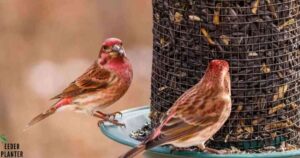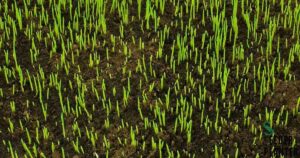In Zone 7, you can plant carrot seeds in early spring or late winter, typically 2-4 weeks before the last expected frost date. This allows carrots to mature in the cool temperatures of spring and early summer, providing an optimal growing environment for this vegetable.
In the enchanting landscape of Zone 7, where spring whispers away winter’s chill, the perfect moment arrives. It is the perfect time to sow the promise of crunchy delights – carrot seeds. Ever you wonder when to plant carrot seeds in zone 7? As frost bids its final adieu, typically 2-4 weeks before summer unveils its warmth. And planting these seeds heralds the emergence of vibrant, homegrown orange treasures.
The provided information emphasizes the ideal timing for planting carrot seeds in Zone 7. This region experiences a transition from winter to spring, and the recommended window for sowing carrot seeds is 2-4 weeks before the last expected frost date.
Types of plant carrot seeds in Zone 7
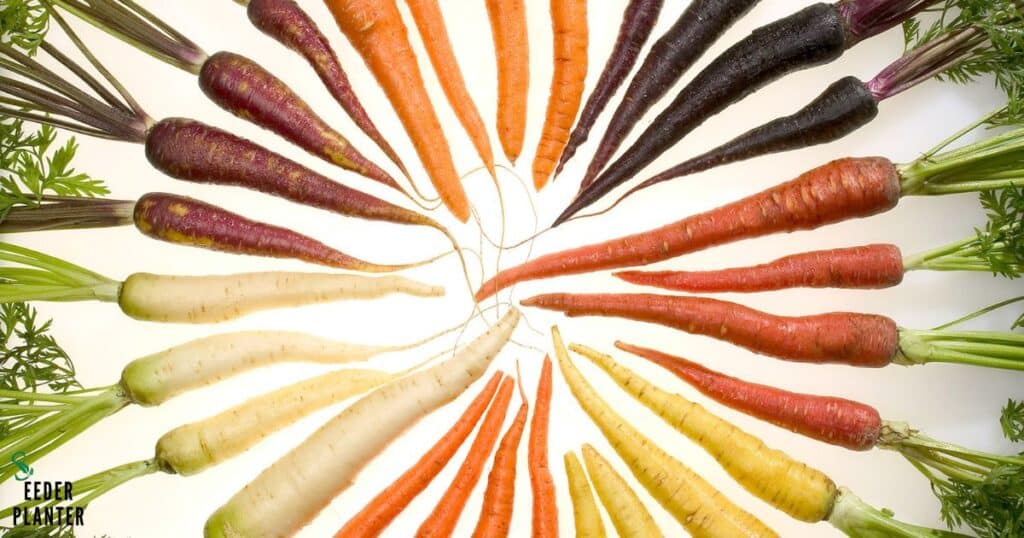
Carrot (Daucus carota) varieties carrot seeds in zone 7 which typically has a temperate climate with distinct seasons, can include both heirloom and hybrid varieties. It’s essential to consider factors such as soil quality, sunlight, and local climate conditions when selecting carrot seeds. Here are a few carrot varieties that generally perform well in Zone 7.
- Danvers 126
- Scarlet Nantes
- Chantenay Red Core
- Bolero
- Little Finger
- Dragon (Purple Carrot)
- Kuroda
1.Danvers 126
This is a classic heirloom variety known for its tapered, medium-length roots. Danvers 126 carrots are well-suited for heavier soils, making them a good choice if your soil tends to be clayey.
2.Scarlet Nantes
Scarlet Nantes carrots are popular for their sweet flavor and cylindrical shape. They are suitable for well-drained, loose soils. This variety is often favored for its crisp texture and rich taste.
3.Chantenay Red Core
Chantenay carrots have broad shoulders and a shorter length, making them ideal for heavier or clayey soils. Chantenay Red Core, in particular, has a deep orange colour and a sweet flavor.
4.Bolero
Bolero is a hybrid variety known for its uniform and cylindrical roots. It is resistant to certain diseases and pests, making it a reliable choice for gardeners in various climates.
5.Little Finger
As the name suggests, Little Finger carrots are small and slender, making them a good choice for shallow or rocky soils. They have a sweet flavor and are often used in gourmet dishes.
6.Dragon (Purple Carrot)
If you’re interested in something unique, consider growing purple carrots like the Dragon variety. Purple carrots contain anthocyanins, which contribute to their distinctive color and potential health benefits.
7.Kuroda
Kuroda carrots, originating from Japan, are known for their sweet taste and cylindrical shape. They are suitable for a variety of soil types and are often grown in heavy or clayey soils.
When selecting carrot seeds, consider factors like your local climate, soil type, and personal preferences regarding taste and appearance. Additionally, be sure to follow proper planting and care instructions for the specific variety you choose.
The Supplies that are needed to plant Carrot Seeds In Zone 7
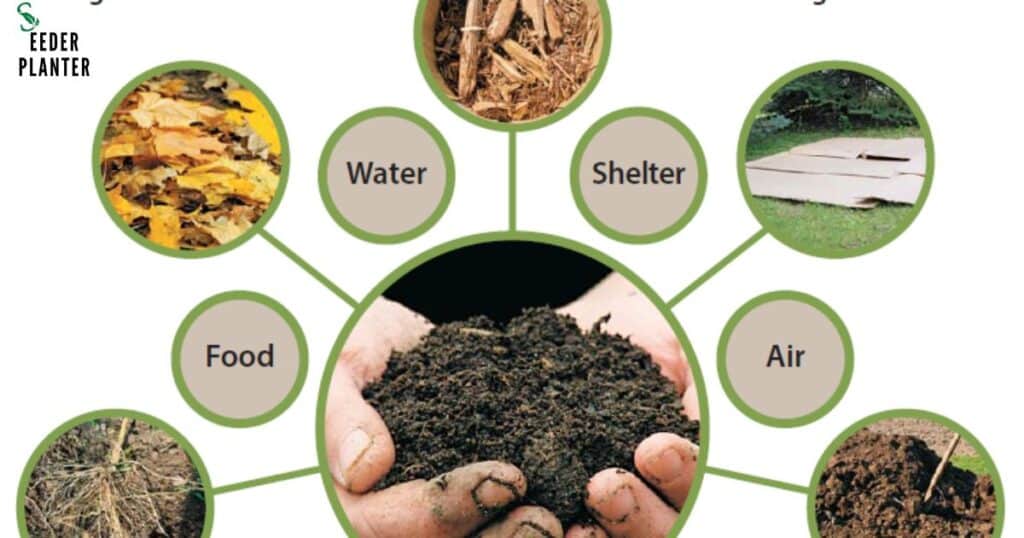
Carrot Seeds
Choose a variety of carrot seeds in zone 7 as mentioned in the previous response.
Quality Soil
Carrots prefer well-drained, loose soil. Amend your soil with compost to improve its structure. Consider a sandy loam soil for optimal growth carrot seeds in zone 7
Garden Spade or Tiller
Prepare the soil by loosening it to a depth of at least 12 inches. This helps the carrots grow straight and deep for plant carrot seeds in zone 7.
Garden Rake
Use a rake to level the soil surface after tilling and remove any debris.
Compost or Fertilizer
Carrots don’t require a lot of fertilizer, but they benefit from well-balanced soil. Mix in compost or a balanced fertilizer according to package instructions.
Garden Row Covers
Consider using row covers to protect young carrot plants from pests and to provide some frost protection in early spring or late fall.
Mulch
Apply a layer of mulch to help retain soil moisture, suppress weeds, and regulate soil temperature.
Watering Can or Hose
Carrots need consistent moisture for optimal growth. Water deeply, especially during dry spells, to ensure even root development.
Garden Trowel
Useful for transplanting seedlings and making small holes for seeds.
Thin Cloth or Burlap
If you’re concerned about pests like carrot flies, you can use lightweight cloth or burlap as a barrier. Make sure it’s elevated so the pests can’t reach the plants.
Garden Gloves
Protect your hands while working in the garden, especially when handling soil and compost.
Garden Markers
Label your carrot rows to keep track of different varieties and planting dates.
Hoe
Use a hoe for weeding between rows and around carrot plants. Carrots are sensitive to competition from weeds.
PH Testing Kit
Check the pH of your soil to ensure it falls within the optimal range for carrot growth, which is typically between 6.0 and 7.0.
Plant Supports (optional)
Some varieties may benefit from support to prevent the carrot tops from flopping over.
How and when Carrot Seeds In Zone 7 should be harvested
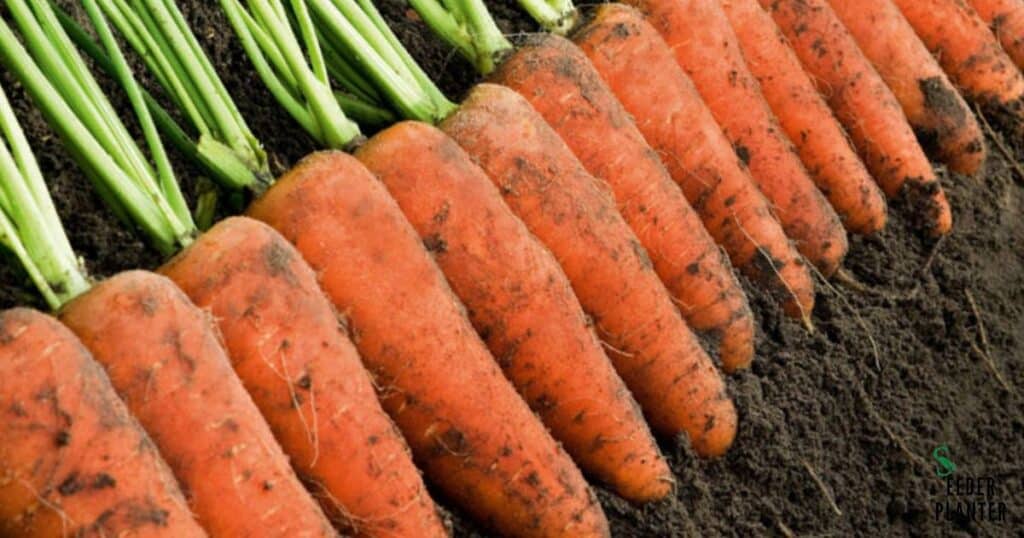
Carrot seeds in zone 7 which generally has a milder climate, carrots can be grown successfully. The timing for harvesting carrots depends on the variety you’re growing and the growing conditions, but here are some general guidelines:
Time to Maturity
Check the seed packet or information provided by the seed supplier for the estimated time to maturity for the specific carrot variety you are growing. This information will give you a rough idea of when your carrots should be ready for harvest.
Size and Color
Carrots are usually ready for harvest when they reach a diameter of about 1/2 to 3/4 inches (1.3 to 2 cm). The colour of the carrot may also change; however, this varies with the carrot variety. For many varieties, the bright orange colour becomes more pronounced as they mature.
Soil Conditions
Harvesting is easier when the soil is moist. Water the area thoroughly a day or two before harvesting to make the soil softer and the carrots easier to pull.
Test Harvest
You can gently pull one or two carrots to check their size and taste. If they meet your expectations, you can start harvesting the entire crop. If not, give them more time to grow.
Late Fall Harvest
Carrots can often be left in the ground well into the fall, even after the first light frost. In fact, some gardeners claim that a touch of frost can improve the flavor of carrots. However, if a hard frost is expected, it’s best to harvest the carrots before that occurs.
Mulching
Applying a layer of mulch around the carrots can help regulate soil temperature, making it easier to extend the harvest period and allowing you to keep them in the ground longer.
Remember that these are general guidelines, and actual harvest times can vary based on local weather conditions, soil fertility, and the specific carrot variety. Regular monitoring and occasional test harvesting are key to ensuring you harvest your carrots at their peak flavour and size.
How to Store Fresh Carrots?
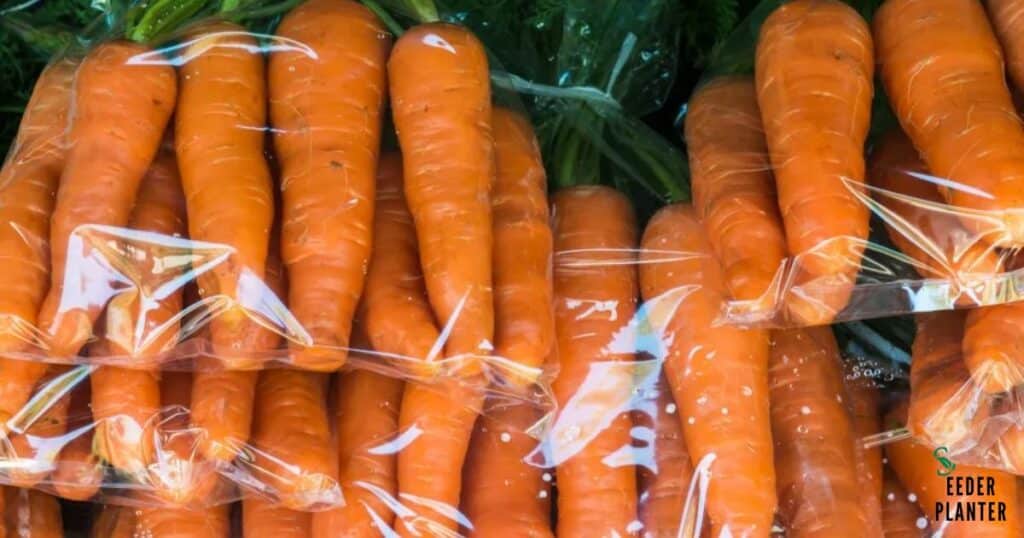
Storing fresh carrots properly helps to maintain their flavour, texture, and nutritional value. Here’s how you can store fresh carrots:
Remove Tops
Trim off the green tops (if still attached) as they can draw moisture from the carrots and cause them to wilt more quickly.
Clean
Gently brush off any excess soil from the carrots. Avoid washing them before storage, as moisture can encourage mould growth.
Refrigeration
The best way to store fresh carrots is in the refrigerator. Place them in the vegetable crisper drawer or a perforated plastic bag. The crisper drawer helps maintain a higher humidity level, preventing the carrots from drying out.
Moisture Control
Carrots tend to stay crisp when stored in a slightly humid environment. You can add a damp paper towel to the bag or container to help maintain moisture without making the carrots too wet.
Storage Bags
Use plastic bags with small holes or perforations to allow for air circulation. You can also use a produce storage bag designed for this purpose.
Root Cellar
If you have access to a root cellar or a cool, dark, and humid storage area, you can store carrots there. Make sure the temperature stays between 32°F and 40°F (0°C to 4°C) and the humidity is around 90-95%.
Avoid Ethylene
Keep carrots away from ethylene-producing fruits and vegetables (such as apples and bananas) as exposure to ethylene can lead to bitterness in carrots.
Check Regularly
Periodically check stored carrots for any signs of spoilage. Remove any carrots that show mould, rot, or softening to prevent the spread to other carrots.
Freezing
If you have a surplus of carrots, you can blanch and freeze them for longer-term storage. Peel, chop, and blanch the carrots in boiling water for a few minutes before cooling them in ice water. Pat them dry, pack in freezer bags, and store in the freezer.
Disease and their control in Carrot Seeds In Zone 7
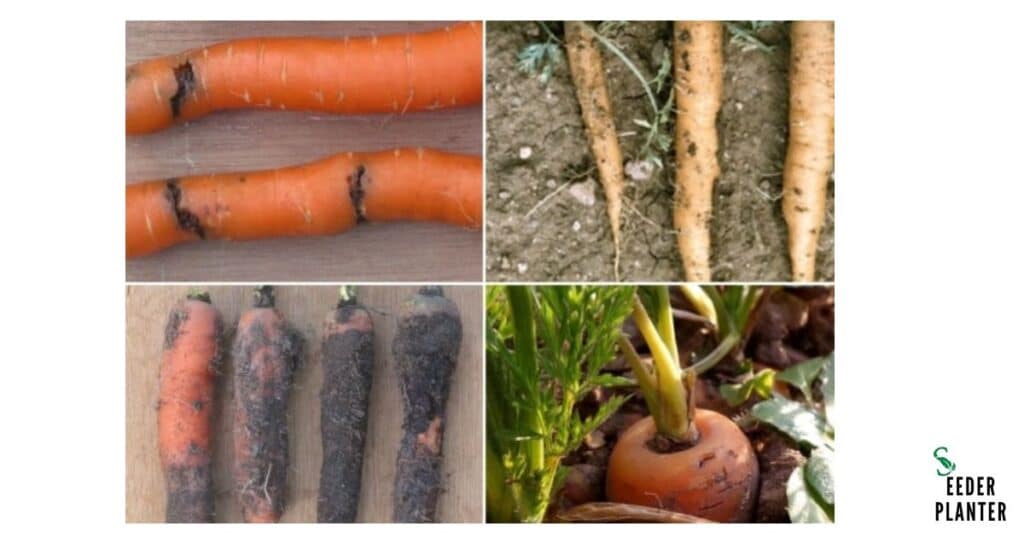
There are following diseases to plant carrot seeds in zone 7
| Disease | Symptoms | Control Measures |
| Damping Off | Seed rot and seedling collapse | 1. Use well-draining soil. |
| 2. Avoid overwatering. | ||
| 3. Space plants for good air circulation. | ||
| 4. Apply fungicide if needed. | ||
| Powdery Mildew | White powdery spots on leaves | 1. Provide good air circulation. |
| 2. Space plants for proper ventilation. | ||
| 3. Apply fungicides if necessary. | ||
| Alternaria Leaf Spot | Brown lesions with concentric rings on leaves | 1. Rotate crops to reduce disease pressure. |
| 2. Remove and destroy infected plant debris. | ||
| 3. Apply fungicides as a preventive measure. | ||
| Carrot Rust Fly Larvae | Maggots tunneling into carrot roots | 1. Use floating row covers to protect plants. |
| 2. Rotate crops to disrupt the life cycle. | ||
| 3. Apply beneficial nematodes to the soil. | ||
| Aster Yellow (phytoplasma) | Yellowing, stunted growth, and deformed roots | 1. Remove and destroy infected plants. |
| 2. Control leafhoppers, which spread the disease. | ||
| Carrot Cavity Spot | Sunken, brown lesions on the shoulders of carrots | 1. Provide consistent moisture to prevent stress. |
| 2. Avoid over-fertilizing with nitrogen. | ||
| 3. Improve soil dr |
Frequently Ask Question
What is the ideal soil temperature for Carrot Seeds In Zone 7?
Carrot seeds germinate best in soil temperatures between 50°F and 85°F (10°C to 29°C) in Zone 7.
How deep should plant carrot seeds in zone 7 for optimal growth?
Plant carrot seeds shallowly, no more than 1/4 inch (6 mm) deep, to ensure successful germination and emergence in Zone 7.
What is a key consideration for storing Carrot Seeds In Zone 7?
Store carrot seeds in a cool, dark place in Zone 7 to maintain their viability, and use fresh seeds for better germination rates.
Conclusion
plant carrot seeds in zone 7 where the climate tends to be milder, cultivating carrots can be a rewarding experience. The success of carrot cultivation in this zone hinges on careful attention to key factors. Optimal soil temperatures ranging from 50°F to 85°F (10°C to 29°C) foster successful germination, emphasising the importance of timing.
Shallow planting, no more than 1/4 inch (6 mm) deep, ensures proper emergence. Furthermore. The storage of carrot seeds in cool, dark conditions is vital for maintaining their viability, emphasising the need for freshness to enhance germination rates.
While the diverse climate of Zone 7 provides favourable conditions. Their growers should remain vigilant about soil moisture, proper spacing, and potential threats like pests. With these considerations in mind, Zone 7 offers an environment conducive to cultivating healthy and flavorful carrots.And it makes them crucial for gardeners to adapt their practices to the specific needs of this region.

I am Alexander James, a seasoned professional with 4 years of expertise, brings passion and skill to every project. Elevate your experience with my knowledge and creativity.
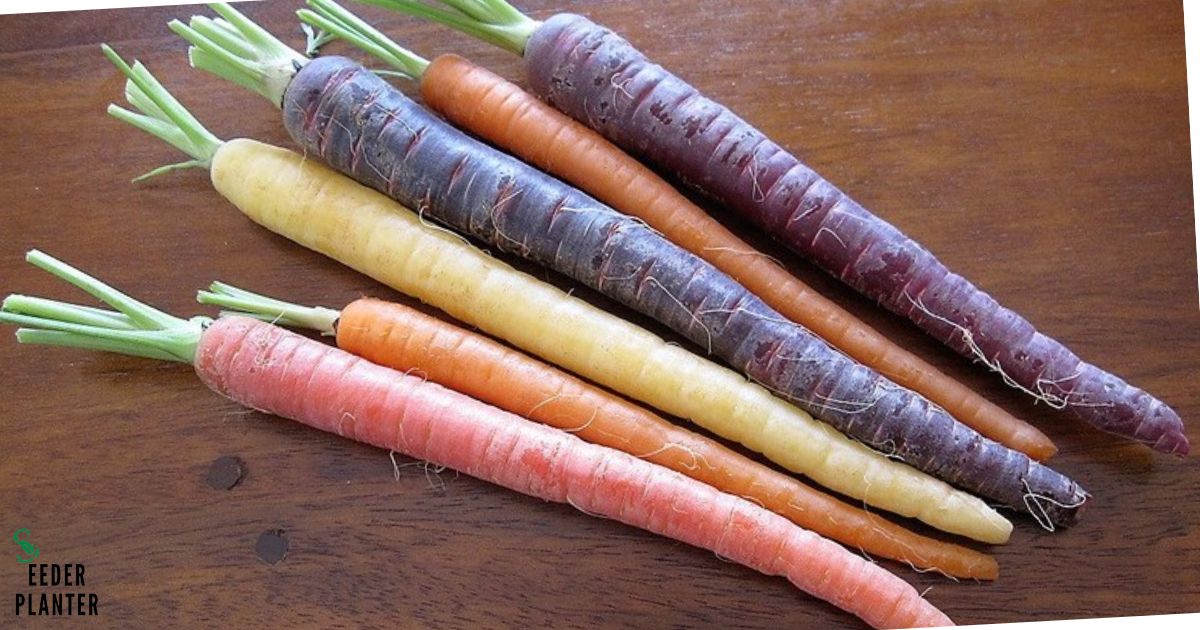

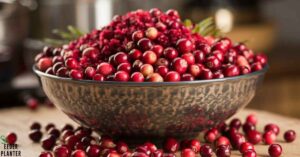
![Hollyhock Seeds: The Complete Guide to Success [2024]](https://seederabout.com/wp-content/uploads/2024/10/Hollyhock-Seeds-The-Complete-Guide-to-Success-2024-300x157.jpg)

